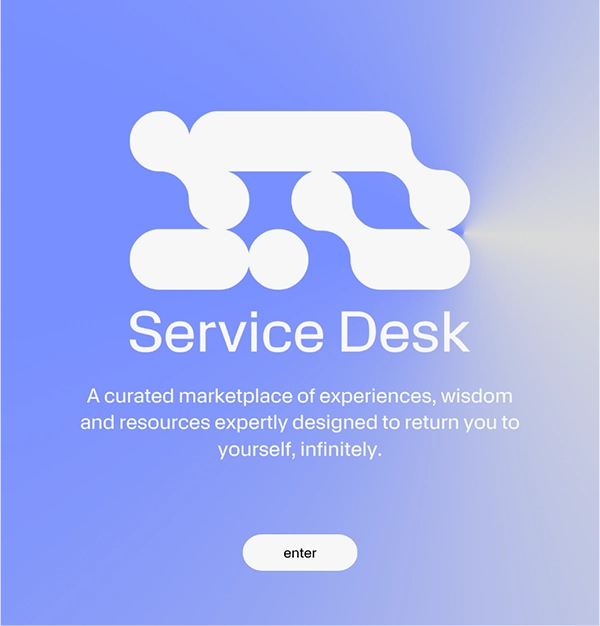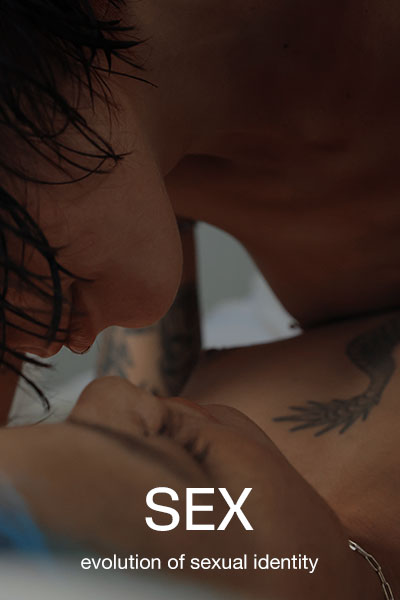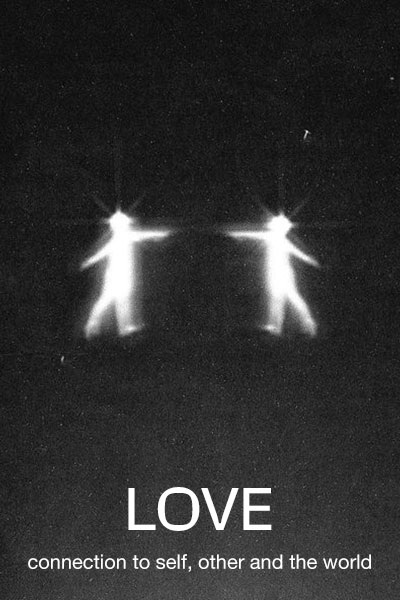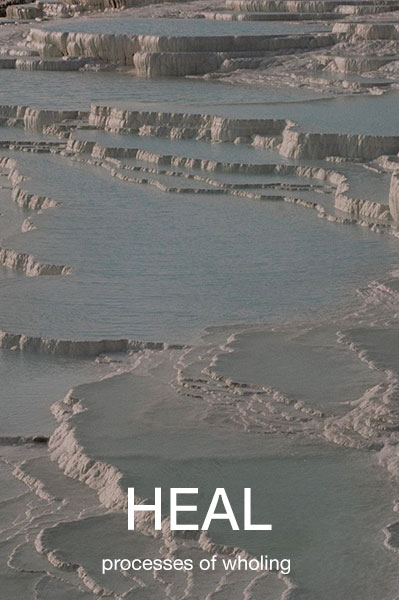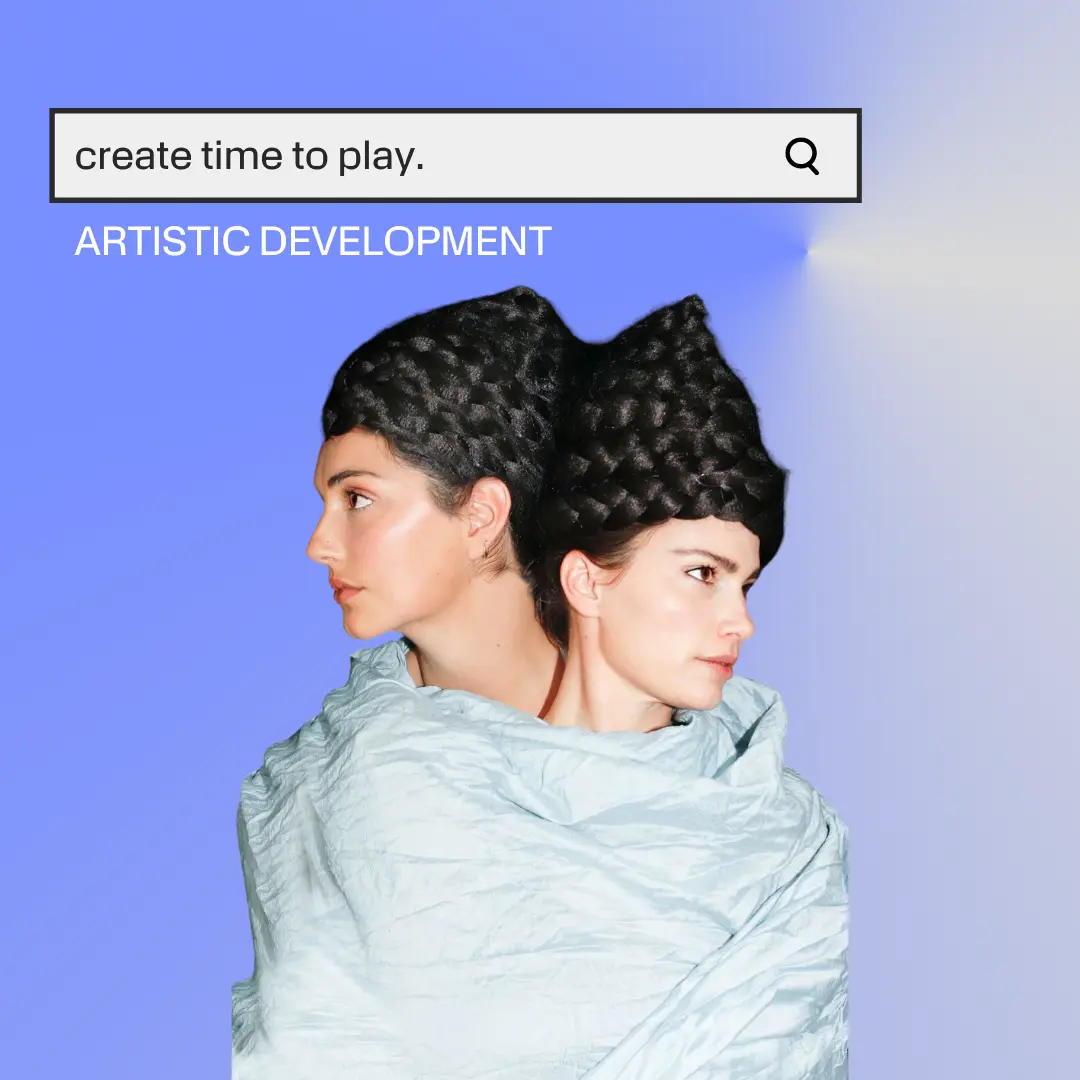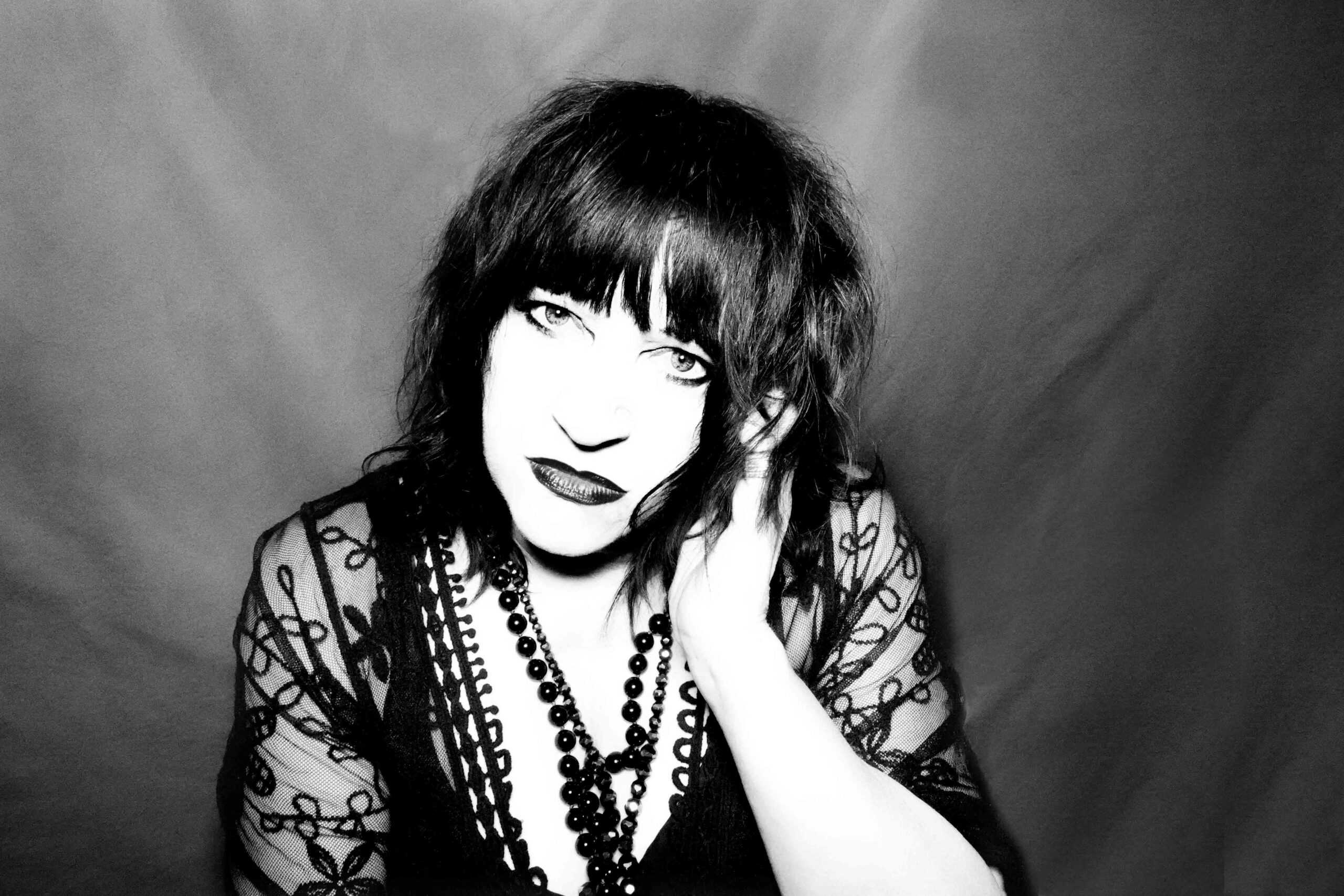David Booth gets by with a little help from his friends
Ahead of his latest exhibit, the artist also known as ‘Ghostpatrol’ chats nature and community with CH-V.
Process + Purpose is an interview series highlighting the creative process of artists and practitioners you should know.
Melbourne-based David Booth is the self-taught Tasmanian artist who came to prominence under his pseudonym, Ghostpatrol, almost two decades ago. In 2007, his hand-drawn paste-ups began to appear in laneways and streets, transforming him—by way of his idiosyncratic, adventurous characters—into an underground star of the burgeoning graffiti and street art world.
Perhaps you’ve seen his murals or stickers adorning the laneways and walls of the city. His cartoon-like, colourful creatures are sometimes human, sometimes a hybrid of human, animal and magical being. They are lovable, often smiling radiantly with the youthful energy of curiosity. They are oblivious to their precarious state, usually existing in a transitory period between being drawn and torn down, rained upon, painted over, or sullied by grime and decay.
Booth himself shares their restless energy, and his visual and textural fascinations have resulted in countless gallery exhibitions, woodwork sculptures, and more commercial commissions, most recently by the Melbourne International Comedy Festival. His children’s book, “Moth In A Fancy Cardigan,” with writer Charlotte Lance, was also published in March.
On the surface, this move might suggest that Booth’s work is simple, easily digestible and perhaps, designed for children or the pre-teens-at-heart. Far from it. Booth’s work is designed to inspire curiosity, a questioning of the interaction between shape, form and scale and how they factor within our own psychological and intellectual understanding of the world.
In a society which often demands exact responses, Booth’s work invites us to do something more human and spiritually nourishing: feel.
The following conversion has been edited and condensed for clarity.
Talk to me about working as a full-time artist.
I like the idea of breaking down those boundaries and just being more transparent. I feel like the art world, and creativity, is quite isolating to a lot of people because a lot of it just seems inaccessible. I didn’t go to art school. I’m just doing the same thing I did as when I was a kid.
I feel like some people think they have to get permission to do their own version of making art because it has to be acceptable or a version that is worth money, or emulating other artists. Anything that looks accessible, or imperfectly made, can make people go, ‘Oh, that looks like fun, I want to do it.’ That’s why I’m doing this.
Where are you at the moment and how did you come to be there?
I’m in my Abbotsford Convent studio, which I moved into at the end of 2019. I feel very lucky to be here. You need the right light and enough space to have all your things around, but also a place that you want to go to.
The surrounding gardens and the vibe here are something I didn’t even think about in my last studio in [Melbourne]. I’d dash out to grab supplies, and the [city’s] chaos had its own charm for a while, but that wears off. Here, even a stroll out to get lunch is high quality. The people around here aren’t all dressed in suits, we’re right at the bend in the Yarra River. There are people here taking a nap on the lawn, or walking their dogs. It’s like I retired and came here to this soft version of a creative community, it’s the most privileged way to come to work and do my drawings.
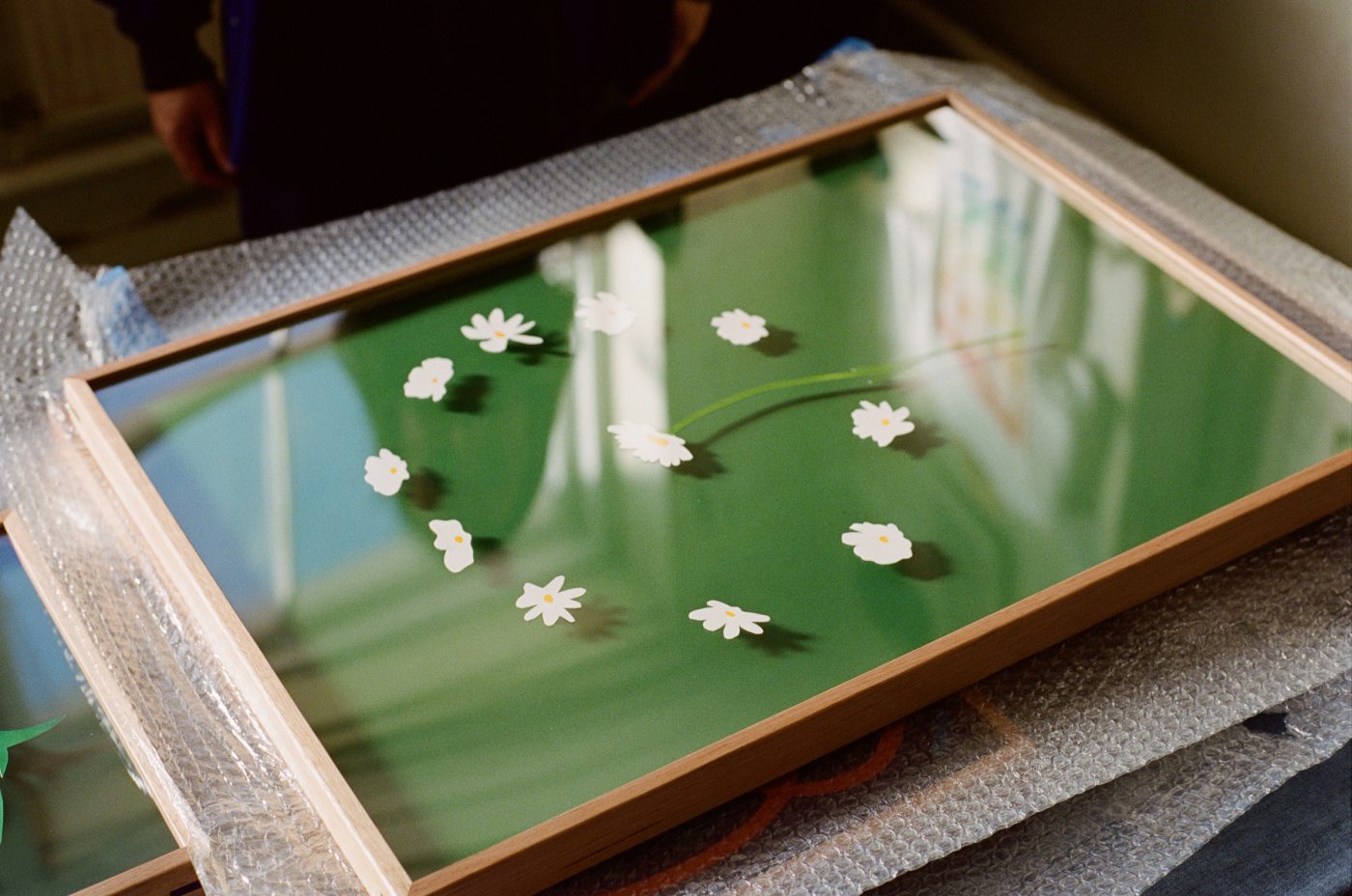
Drawing is obviously your profession, but it is much more than that. You are almost an accidental artist by profession.
I grew up in Tasmania. I’d never met an artist or been to a gallery, even though I spent all my time making stuff. I was born in 1981, so there wasn’t much happening on the internet and Tasmania felt so isolated. There was a subcultural scene where people were making comics and zines, so that opened my eyes to different ways of making and sharing stuff.
By the time I moved to Melbourne, I gravitated towards other people who’d moved to the city—those considered weirdos and nerds in their small towns who found a shared spirit in Melbourne. So, once you feel like you belong, what do you do with that? There are places to show your work, there are opportunities and there are interested people—so you don’t feel lonely. You just have to get down to work, and I was mentored and supported, which is something I try to do now for other people. More people [becoming artists] isn’t a threat, it makes everyone stronger.
It sounds like you have a really strong community around you. That’s so important when your work can be very solitary, I imagine.
Since my early 20s, I’ve only ever been around other artists because there’s so many in Melbourne. I’ve only ever dated artists, and all my best friends are artists across different forms. I would say that it’s important to have a strong friendship group, but I haven’t known any other way.
The drawings that I do, it’s the way I work but also the way I spend my spare time: making music and drawing things. It’s my favourite thing to do,so it’s not lonely. Then, when I’m with my partner and friends, we talk about how it feels to make work—the highs and lows, the logistical issues around email and contracts—we all learn from each other.
I’m lucky that I get to talk to people a lot about creativity. Some people don’t have that, and I can sense the loneliness. I say, ‘Man, you gotta get that in your life!’ It’s important that people don’t forget that they can ask for help. Some creatives want to pretend they’re delicate geniuses that do it all themselves, but they never admit it takes a team of people and tens of thousands of dollars to make a show.

It’s hard work.
The idea of quitting my job was not on my radar, but slowly, I’d get emails and commissions which were supplementing my income. By 2007, I’d done enough little things that meant I could hustle enough with my savings to grant myself a year’s hiatus. Looking back on it, I don’t know if I can pretend to be clever or wise about [the decision to quit my day job], but I thought the worst thing that can happen is I run out of money and I get another office job.
So many people romanticise the idea that you’re going to get picked up by a gallery, and they’re gonna answer emails for you, and pay you like you’re on a record label. I’ve met really accomplished artists and I’ve been lucky to travel a lot and see a lot of institutions. Maybe there are some people who have mummy and daddy’s money, or they’re really good at taking cocaine with people who deal out all the jobs, but the truthfulness to a hierarchy of talent is all made up.
I have an IT degree, and worked freelance in that field before I moved into painting, so I know how to be very direct, how to send an invoice, how to chase things up and be professional. Good friends of mine, like Rone, modeled for me how to be assertive and how to make an agreement. It always works in my favour, because sometimes companies don’t know what to include in an agreement with an artist. We also have NAVA, a union that sets out standard things like quoting rates, licensing images and production costs.
You’re a professional artist in your early 40s now, but there’s such a youthful spirit to you and your work that defies cynicism.
I was into punk music and skateboarding. My sketchbooks were always for me. The idea that I’m going to be approved by someone at seventeen? You have to go out and do your own thing and do it for yourself. It’s weird that the stuff I like doing as a teenager, people get me to do it in Parliament House or something [editor’s note: one of Booth’s poster works was acquired in 2013, now in the permanent collection].
Henry Rollins gives the best advice, which is to do what you do—and do it well. Don’t worry about other people too much.
The artwork I like to go and see is work where I think, that person must have had a blast making that!

What’s your relationship these days with being referred to as a “street artist”?
I don’t use those words, because for me, street art is a subculture and an arts movement. There’s public art and street art. Street art is an illegal act, hiding from authorities and using their own money, a political act. Public art requires a team, assistants, a traffic management team… the term ‘street artist’ is also too confining for me. I wasn’t always a street artist, I made zines and soft sculptures. I mainly make watercolours in frames for galleries or large-scale work for councils or the National Gallery. We did all that [street art work] in our 20s, and now that we’re a bit older, a lot has changed—we’ve changed as well.
But who cares? To worry about what people say… I’m so lucky to have all the things I’ve achieved.
Have you had to make sacrifices in your personal life to pursue the artist profession? What do you regret, and what have you made peace with now?
I work every day. All that time I spend in the studio alone feels very self-indulgent, at times. But sometimes I can share the good things with my family to try to balance out the amount of time spent making artwork [away from them].
Every dollar I make, I spend on renting the studio space, art materials, books… I do the commercial jobs to fund my own work. People don’t talk about money because money is power… you should share that stuff. Especially creatives. It’s the harsh answer that people don’t want to hear. I took risks, and I’ve earned more than I ever earned in my office job.
Your current exhibition showcases paper cuts depicting flowers, plants and clouds, often sculpted into the shape of wonky smiles or cartoonish creatures. Tell me about “Set Adrift On Garden Bliss.”
I’ve been making a few works in that paper cut style and portraits of flowers and plants for a couple of years now. During lockdown, the beautiful gardens and bend of the river… I turned to nature to help me, and it delivered in harder, isolated times. The Convent was closed to the public and we could get to our studios, but not many people were able to enjoy the gardens. It’s a mix of native and European trees, plants and flowers—it’s dynamic.
I’d never been through a full year of watching everything change in the gardens, nor felt so connected to something this alive. I started to make works that were about those plants, then I got distracted and things got a bit weirder. The show is a mix of all of this.
It’s a bit unfinished in a way, and now it’s ready for you to look at. I want people to come and have their own feelings about it.
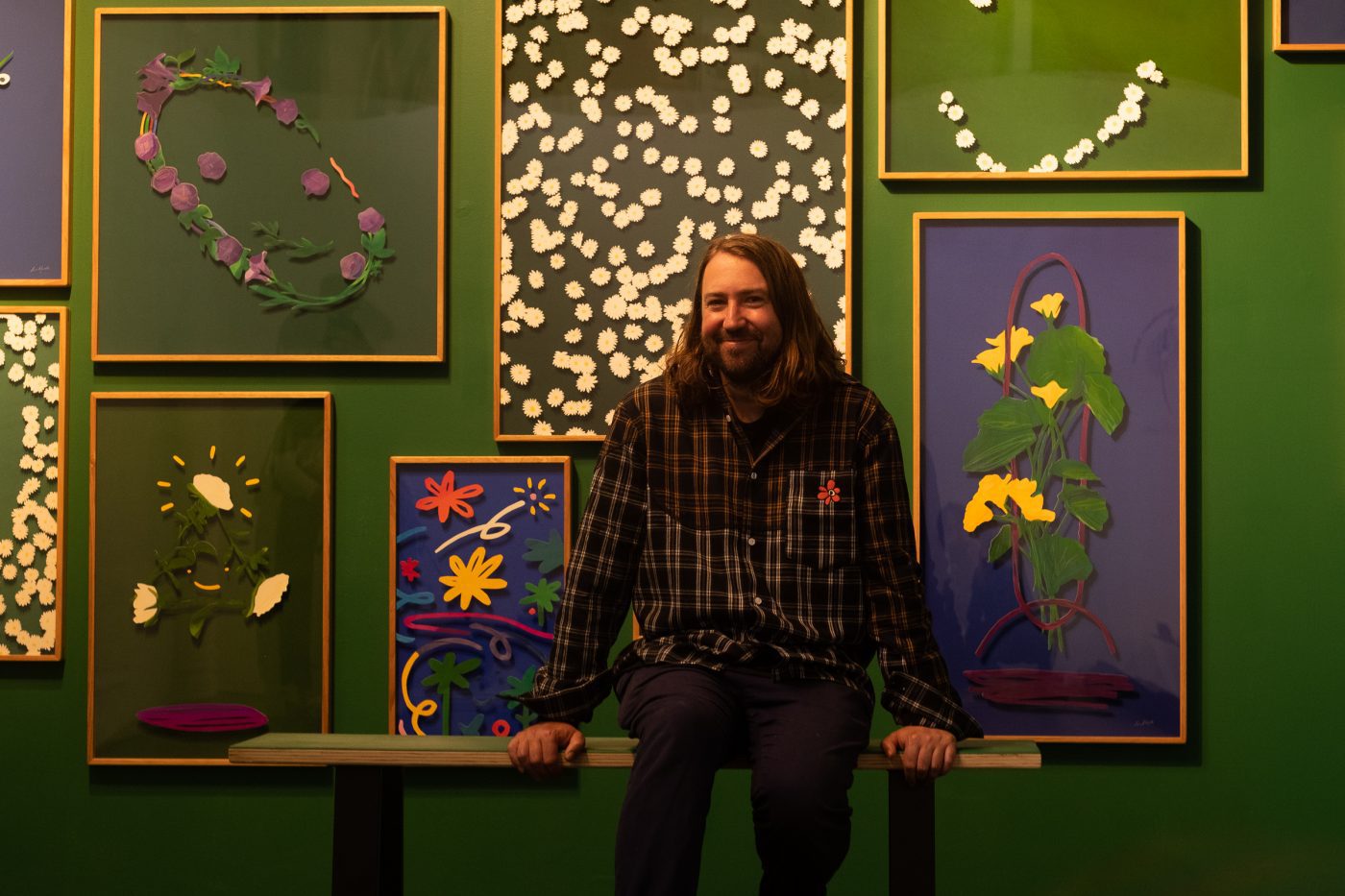
+ IMAGERY: Jess Grilli




